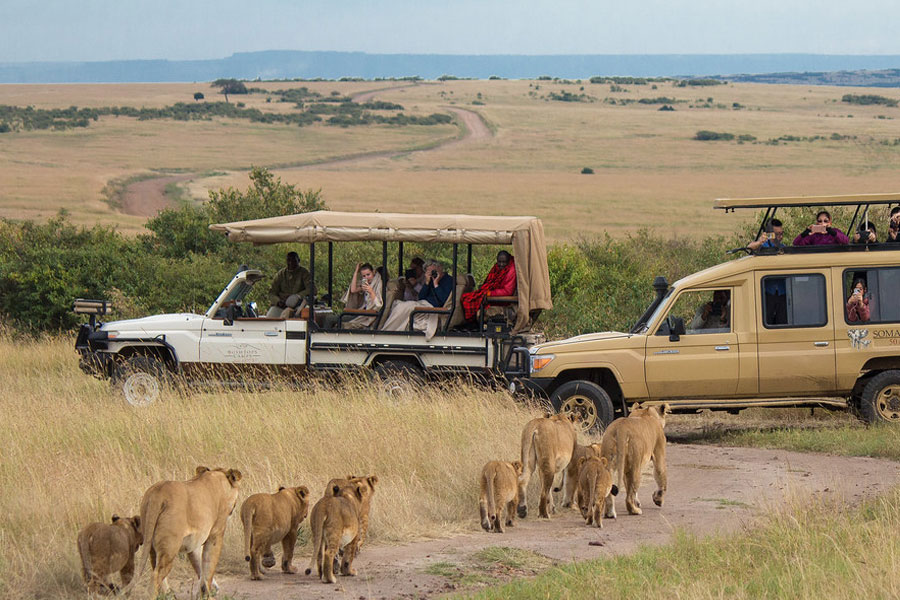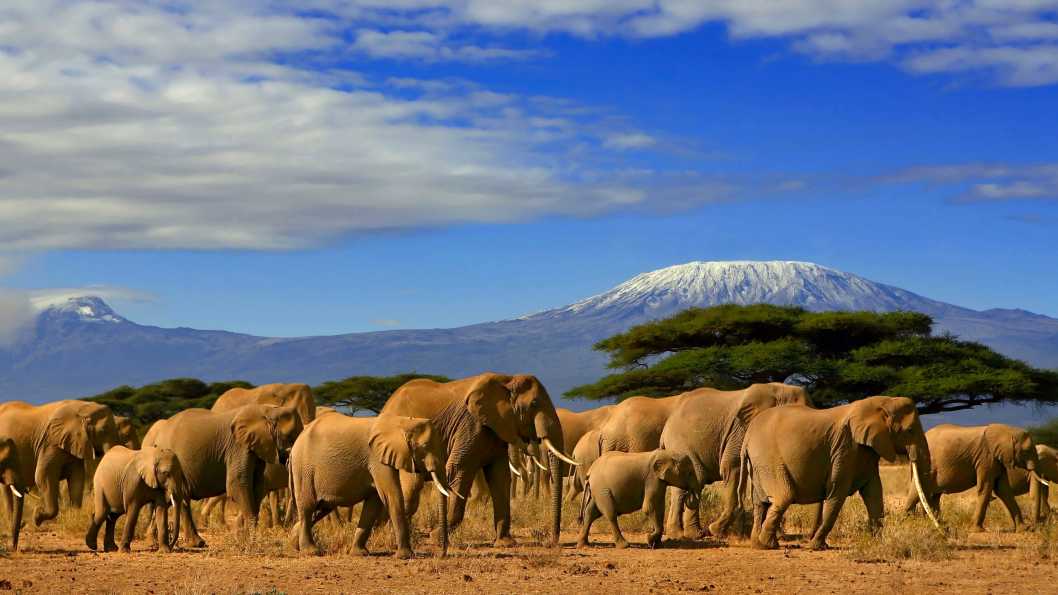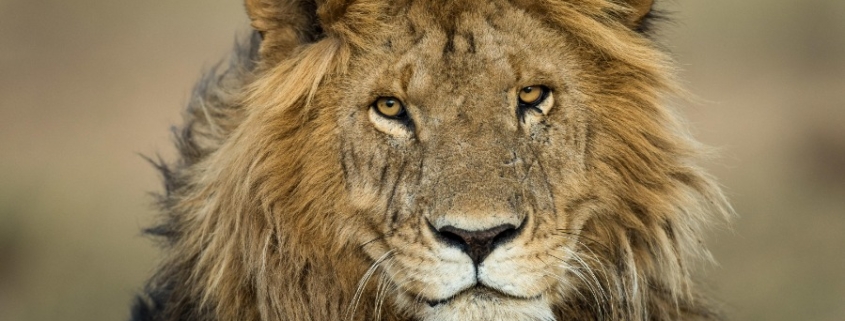Best time to visit Kenya
Best time to visit Kenya
The optimal period for a visit to Kenya falls between June and October, characterized by minimal rainfall and comfortably warm daytime temperatures. Nevertheless, Kenya’s diverse geography and moderate climate make it an appealing year-round destination for both safaris and beach vacations.
From January through late March, many of Kenya’s safari destinations are at their prime. During this time, the climate is mild, with predominantly dry conditions, and the wildlife viewing opportunities are exceptional. Considering a visit during the rainy season, which occurs between mid-March to June and again from November to December, can also be a rewarding choice. Traveling during these periods allows you to avoid peak-season crowds and take advantage of more budget-friendly rates at safari lodges throughout Kenya.
When it comes to Kenya’s renowned beach destinations, determining the “best” time can be subjective. The Indian Ocean coastline of Kenya maintains a consistently hot and humid climate throughout the year, and rainfall can occur at any time. Therefore, beach enthusiasts can plan their visit based on their personal preferences, knowing that the coastal region offers a warm and inviting escape regardless of the season.
Month-by-Month Guide for Travelling to Kenya:Best time to visit Kenya
Visiting Kenya in January & February; Best time to visit Kenya
January is indeed an excellent time for a visit to Kenya, especially for game viewing, as it falls within the peak of the summer season. This month lies outside the two primary rain periods, ensuring pleasant and dry conditions. It’s also an ideal time for beach holidays along the Kenyan coast, although temperatures can be quite high.
February continues to offer great opportunities for a Kenya safari. In the central highlands, the days are warm, while the evenings are pleasantly cool. Along the coast, daytime temperatures are extremely hot, with the evenings remaining warm. Notably, February experiences the lowest levels of precipitation in the Masai Mara, increasing the likelihood of wildlife sightings at watering holes. Additionally, this month is perfect for adventurers looking to conquer Africa’s second-highest peak, Mount Kenya.
Both January and February present favorable conditions for different aspects of a Kenyan journey, whether it’s wildlife encounters, beach relaxation, or mountaineering, providing travelers with a wide range of options to explore the diverse beauty of Kenya.
Traveling to Kenya from March to May; Best time to visit Kenya
March marks a notable transition in Kenya’s weather, shifting swiftly from the “hot and dry” season to the “wet and rainy” one. Rain becomes a common occurrence across much of the country, often turning the savannah into a muddy landscape with some areas becoming inaccessible due to impassable roads. While the weather may not be ideal during this period, there are some advantages. The absence of crowds and lower costs can make it an attractive option for budget-conscious travelers who don’t mind the wet conditions.
April is among the rainiest months in Kenya. During this time, Nairobi and the central highlands experience hot daytime temperatures and comfortable evenings, while Mombasa remains hot both day and night. Game drives can be challenging due to muddy roads, but for photographers, this month offers fantastic opportunities. The lack of dust, lush green landscapes, and moody skies create a picturesque backdrop for capturing incredible wildlife images. However, photographers should take precautions to protect their equipment from the elements.
By May, the long rains have settled in, quenching the African plains. Along the coastline, the beaches no longer provide the sunny paradise typically associated with coastal escapes. This month may not be the best choice for those seeking a beach vacation with powder-soft sand and clear skies.
Travelers considering Kenya during these months should be prepared for the rainy conditions, but they can also enjoy unique advantages such as lower costs, fewer crowds, and the opportunity to capture some extraordinary photographs of Kenya’s lush landscapes and wildlife.
Travelling to Kenya from June to October; Best time to visit Kenya
From June to October, Kenya welcomes the long dry season, considered the prime time for an authentic ‘Out of Africa’ safari experience. These months offer the finest weather conditions, with dry, temperate days. During this period, wildlife congregates around water sources, and anticipation builds for the Great Migration’s mega-herds making their way into the Masai Mara.
Towards the end of July, the spectacle of the Great Migration takes center stage as herds start arriving in the Masai Mara. This is an opportune moment to witness dramatic river crossings. The weather remains pleasant, with the occasional possibility of showers, but it’s generally dry and not overly dusty.
August witnesses the Great Migration at its peak. Temperatures remain comfortable, and you can observe the awe-inspiring scenes of thousands of zebras and wildebeest daringly crossing rivers, facing the ever-present threat of hungry crocodiles. The weather remains dry and favorable for safari adventures.
September continues to offer excellent game-viewing opportunities in dry and comfortable conditions. The action in the wild continues to captivate visitors.
In October, the migratory herds typically begin to depart from the Masai Mara. However, Kenya boasts an abundance of resident wildlife, ensuring that safari enthusiasts can still revel in Big 5 country and thrilling wildlife encounters. This period allows for a less crowded and equally rewarding safari experience.
These months offer a fantastic window for travelers to immerse themselves in Kenya’s natural wonders, witness the Great Migration, and explore the diverse wildlife that calls this beautiful country home.
Visiting Kenya between November & December; Best time to visit Kenya
November heralds the onset of Kenya’s short rainy season. While most parks and camps remain open during this period, it’s worth noting that some camps on the Laikipia Plateau may temporarily close. Despite the rain, November presents a unique opportunity for travelers to enjoy a Kenya safari with fewer crowds and often lower prices. It’s a chance to experience the country’s natural beauty in a more tranquil setting.
As the last month of the year, December can be quite hot and may bring occasional rain. However, the spectacle of local wildlife remains as spectacular as ever. This period is especially appealing to birdwatchers as bird numbers significantly increase during this time of the year. The diverse birdlife provides ample opportunities for bird enthusiasts to indulge in their passion amidst Kenya’s beautiful landscapes.
Travelers considering Kenya in November and December can relish the benefits of more budget-friendly rates, a quieter safari experience, and the opportunity to witness both the country’s incredible wildlife and the avian wonders that grace its skies.
Ready to Start Planning Your Visit to Kenya?
Engaging with an Africa Safari Expert is an excellent way to ensure your safari adventure in Kenya is tailored to your preferences and expectations. These experts possess in-depth knowledge of the region, its wildlife, and the various safari options available. They can help you craft a personalized itinerary that aligns with your interests, budget, and desired experiences.
Whether you’re interested in witnessing the Great Migration, exploring Kenya’s diverse national parks, embarking on a photography-focused safari, or experiencing cultural encounters, these experts can provide invaluable insights and recommendations.
Feel free to ask any questions or share your preferences and expectations with an Africa Safari Expert, and they will work closely with you to design a memorable and bespoke safari adventure that’s just right for you.



